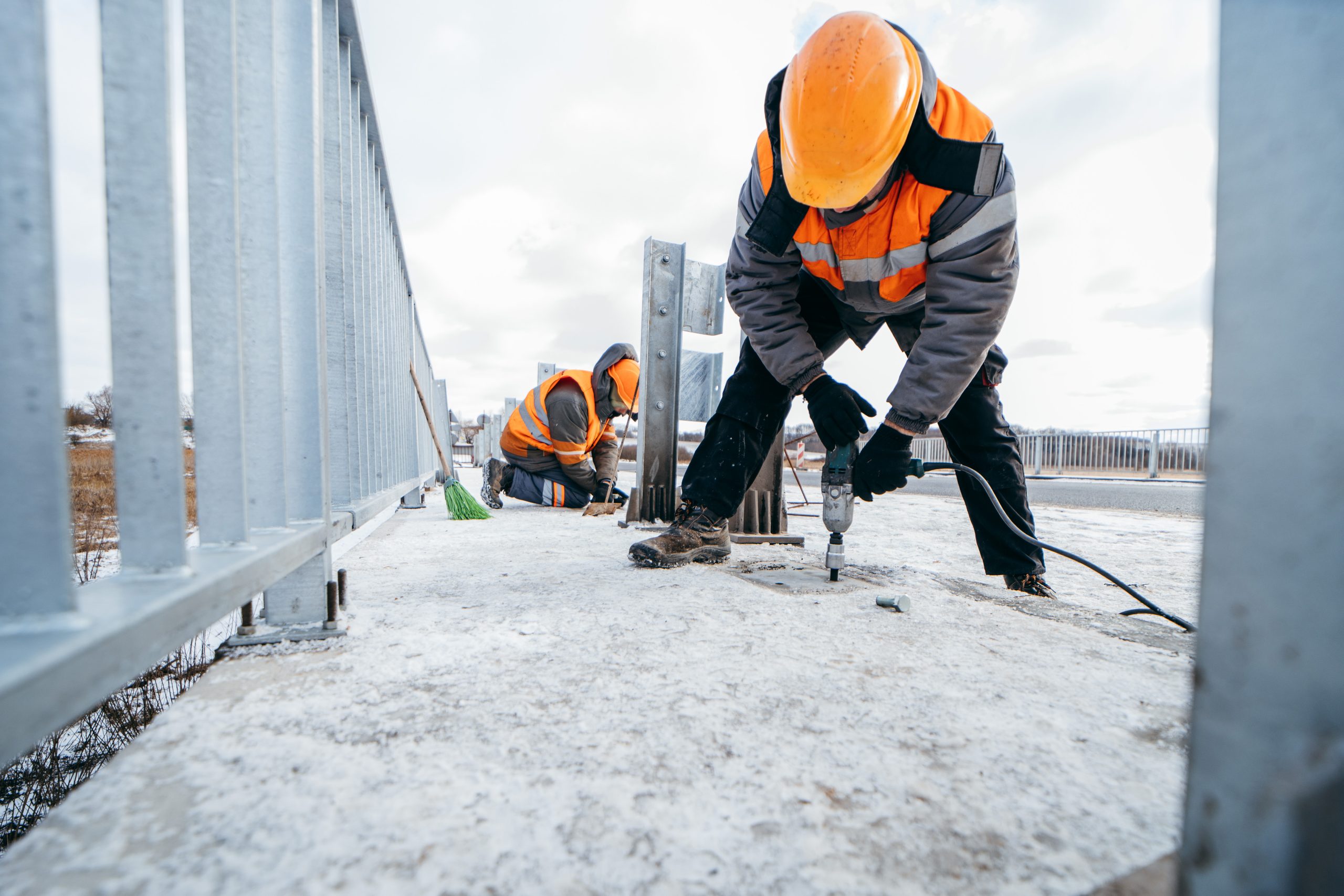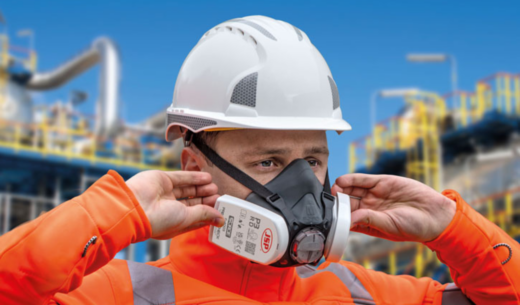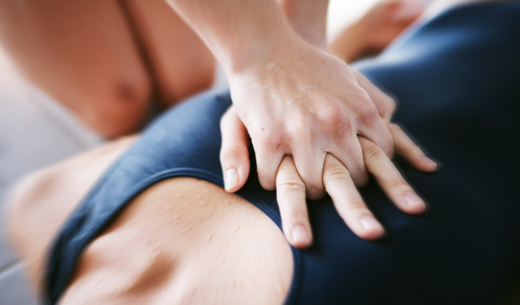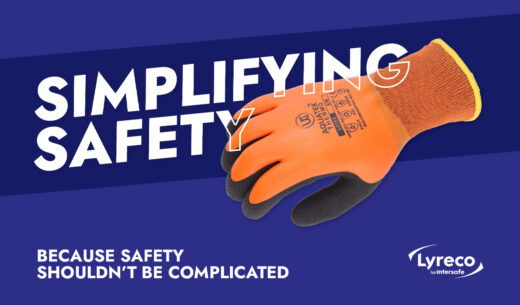Ensuring Safety in your Office or Site During Icy Conditions This Winter
As the winter season approaches, temperatures drop, and the risk of slips and injuries on icy surfaces escalates. Whether you manage an office building or a construction site, taking proactive measures to prevent accidents and ensure safety during freezing conditions is of utmost importance. In this blog, we will explore effective strategies for minimising the risk of slips and injuries in icy, frosty, or snowy conditions.
risk assessment and prevention
Utilise De-Icing Salt: One of the fundamental steps in preventing slips and injuries on icy surfaces is the use of de-icing salt. Apply de-icing salt to areas prone to becoming slippery in freezing conditions, such as entrances, walkways, and car parks. White de-icing salt is a cleaner option, leaving no messy residue behind.
Designate Pedestrian Walkways: Allocate specific pedestrian walkways to ensure safety and ease of maintenance. Clearly marked paths help employees and visitors navigate safely during winter.
Cooperate with Suppliers: Liaise with suppliers to ensure your supply chain is ready for winter weather. Stock up on de-icing supplies early in the season to avoid shortages during critical times.
Grit Bins: Ensure that grit bins are conveniently located and regularly replenished. This ensures easy access to salt for immediate use when icy conditions arise.
Review Insurance Policies: Examine your insurance policies to ensure you are adequately covered for potential winter-related incidents. Being prepared can help mitigate financial risks associated with accidents or property damage.
identifying problem areas
Identify pedestrianised areas likely to be affected by icy conditions. These areas may include building entrances, car parks, pedestrian walkways, shortcuts, sloped areas, and spots that are constantly in the shade or remain wet.
staying informed
Weather Forecast: Stay ahead of the weather by regularly checking forecasts from trusted authorities like the Met Office. Download their app and enable notifications to receive weather warnings for your specific area.
Use Warning Devices: Consider utilising cones to highlight affected areas or invest in a Thermosign, which activates a warning message when the temperature drops below 3 degrees Celsius. These visual cues can alert employees and visitors to potential hazards.
choosing the right de-icing product
Before the winter season commences, take the time to identify the best de-icing product for your needs:
White De-Icing Salt: Ideal for areas where cleanliness is essential, as it leaves no messy residue. Perfect for pathways, pavements, playgrounds, and commercial estates.
Brown Rock Salt: Contains insoluble components such as dirt and grit, which improve traction. Effective for larger surface areas.
Use Salt Spreaders: For efficient application, employ salt spreaders for smaller areas or industrial spreaders for more extensive surfaces.
When to Apply De-Icing
Gritting should be carried out in the following situations:
- When frost, ice, or snow is forecasted.
- When walkways are damp or wet and floor temperatures approach freezing.
The best times for gritting are early in the evening before frost settles and early in the morning before employees arrive. Keep in mind that salt doesn’t work instantly; it needs time to activate, which can be accelerated by agitation (being crushed by feet or vehicles) or moisture on the ground.
Accelerated De-Icing with Pre-Wet Salt
To speed up the de-icing process, consider pre-wet salt. This involves spraying salt alongside a liquid brine, which activates the salt’s de-icing properties three times faster than dry salt. Pre-wet salt provides an even spread and minimises scatter wastage.
As winter brings icy and slippery conditions, it’s essential to prioritise safety in your office or on your site. By assessing risks, using the right de-icing products, staying informed about weather forecasts, and taking proactive measures, you can reduce the risk of slips and injuries and ensure a safe environment for employees and visitors throughout the winter season. Remember, safety always comes first.









